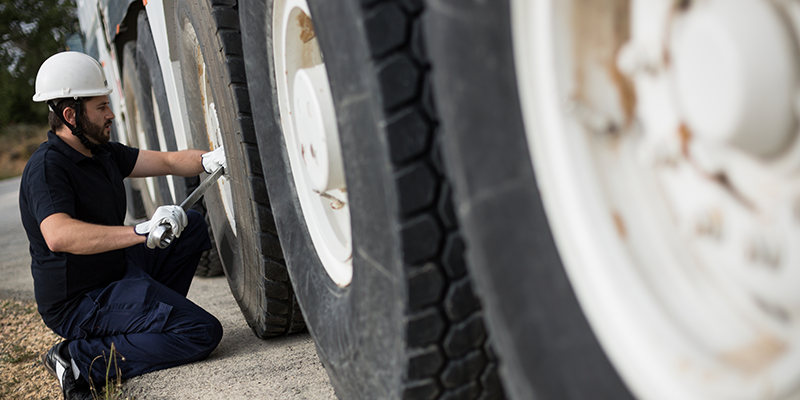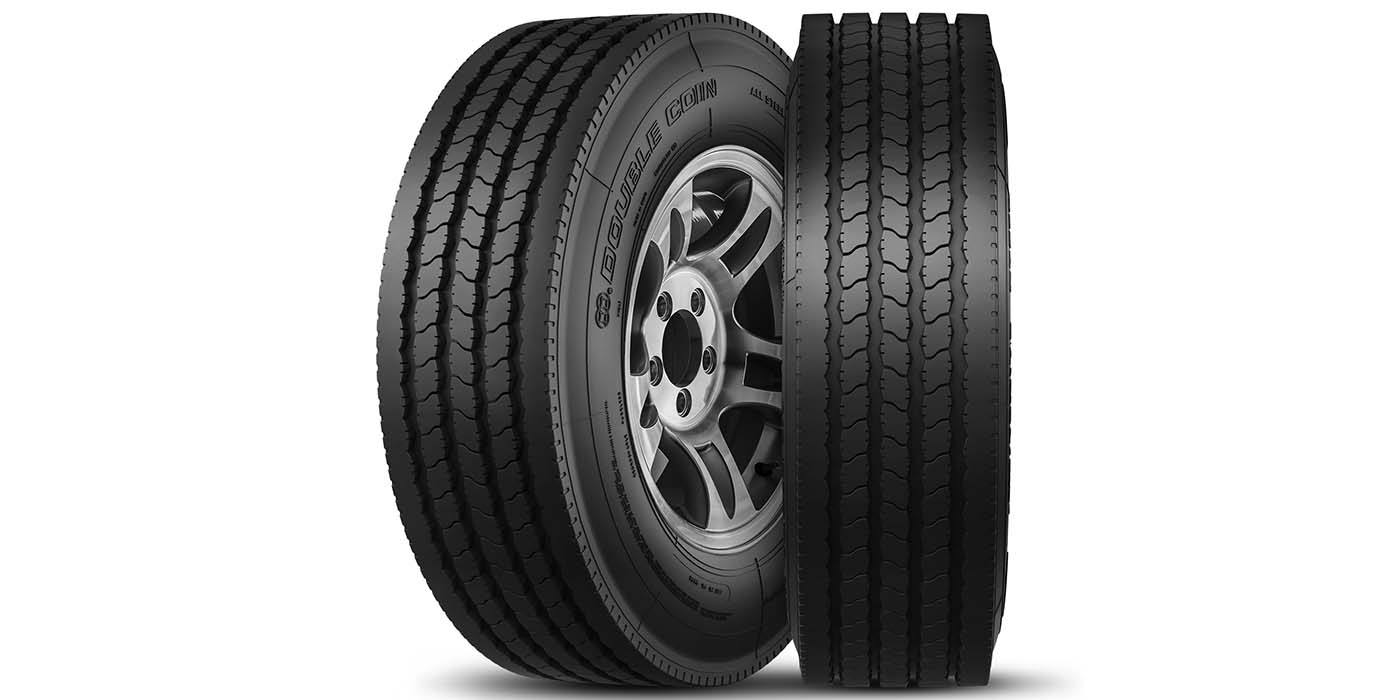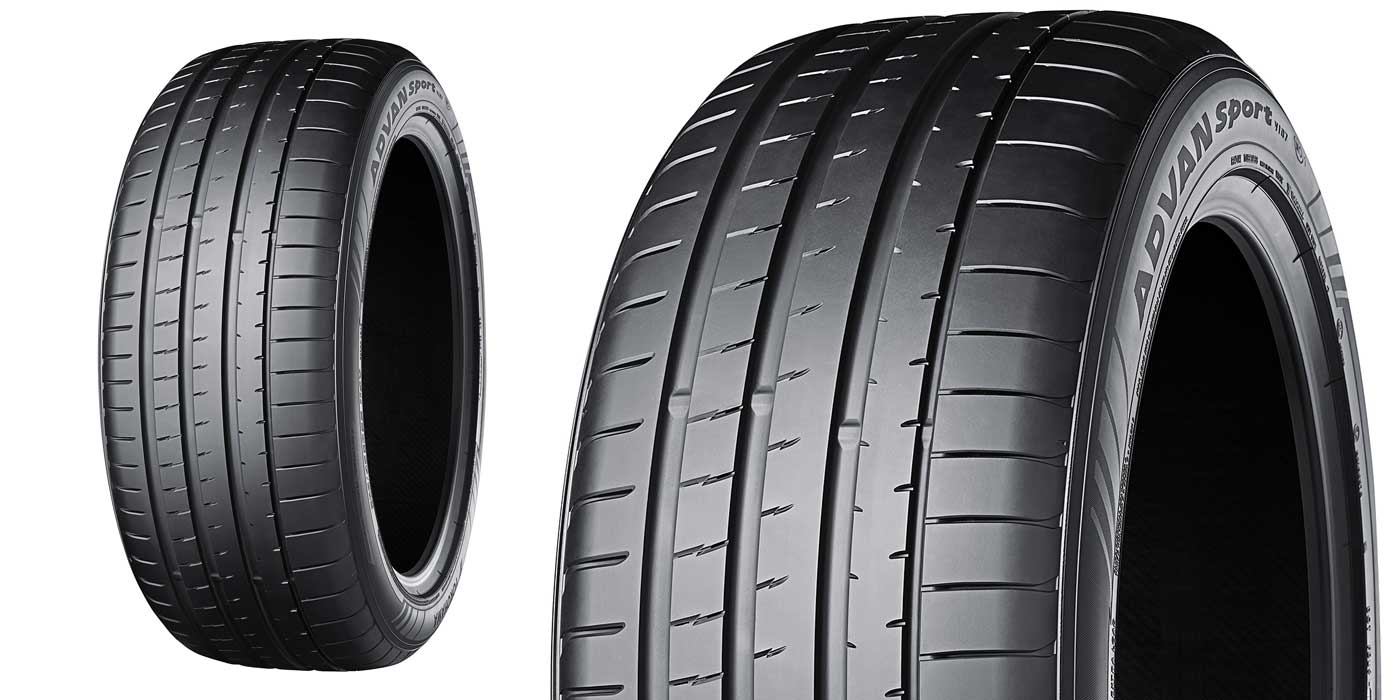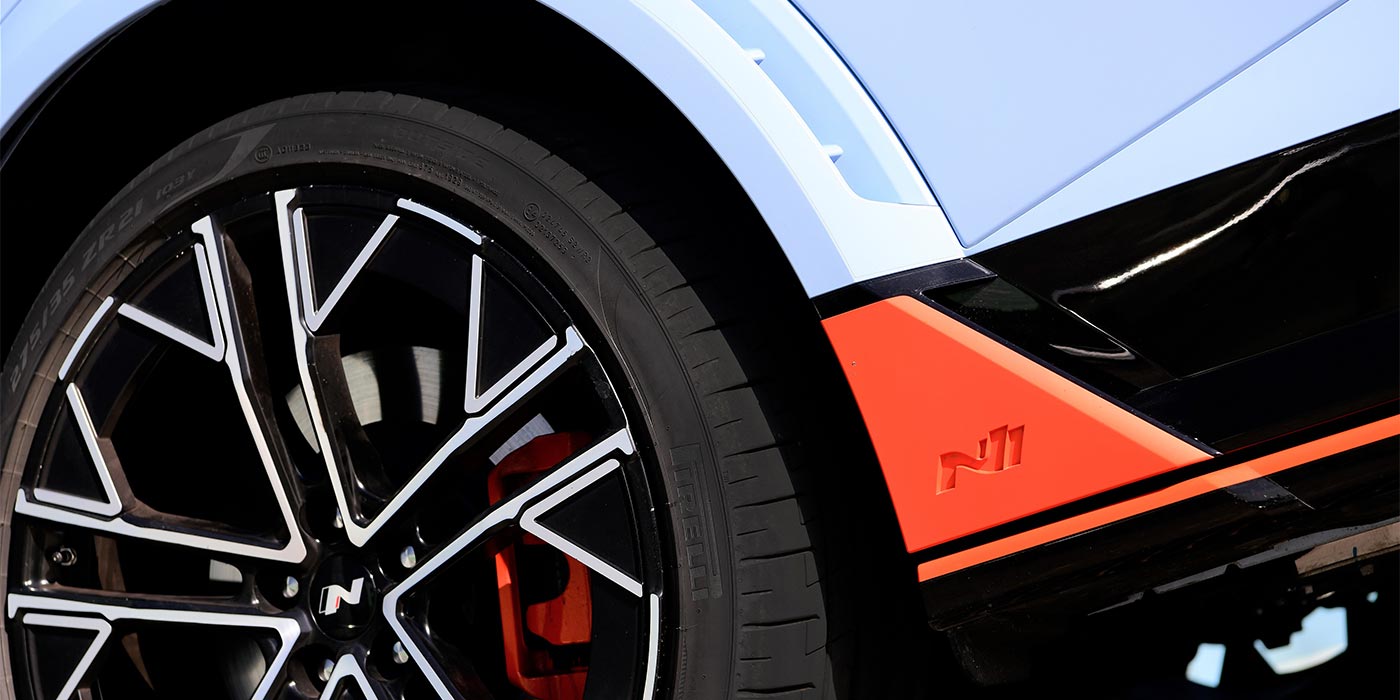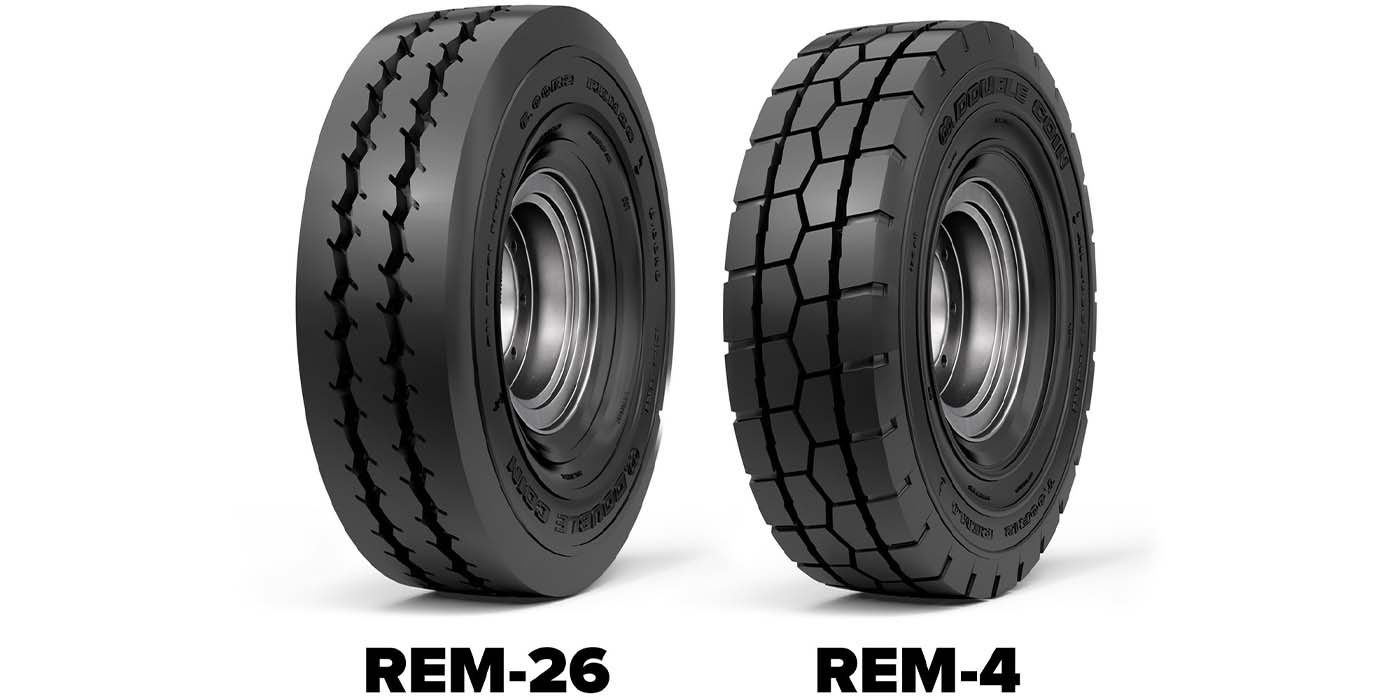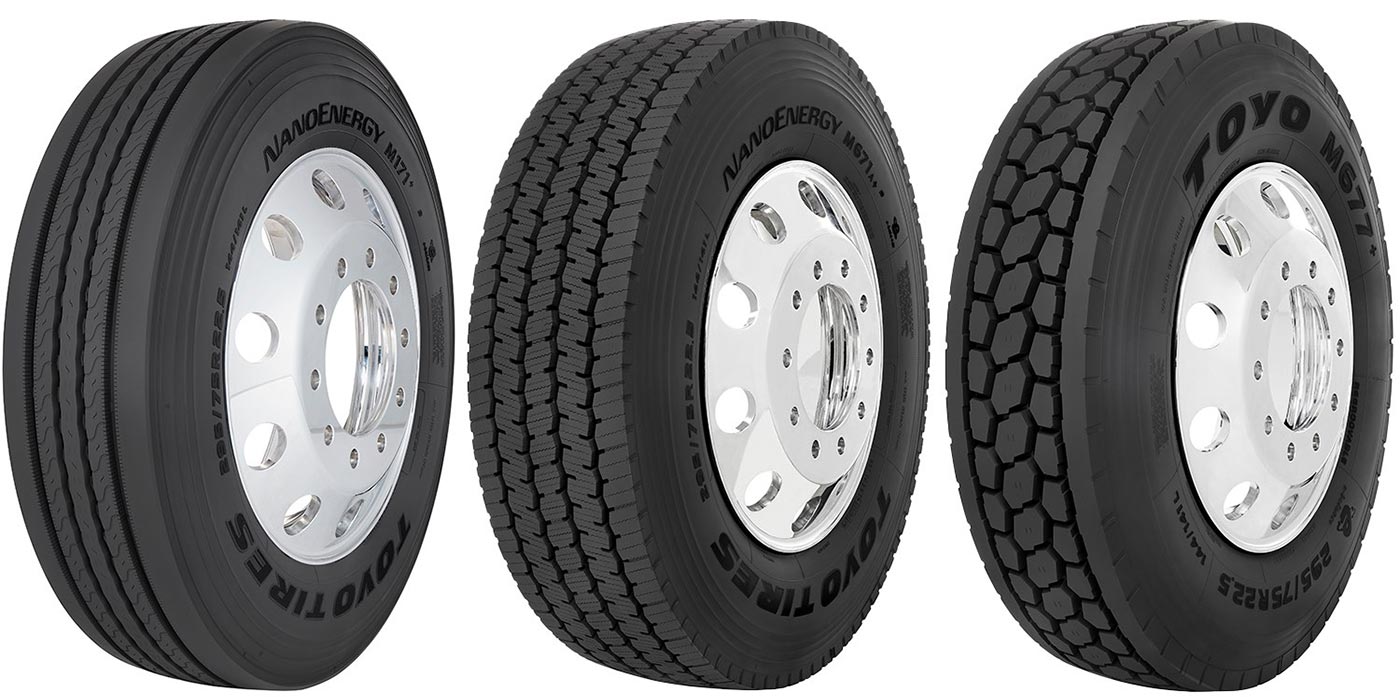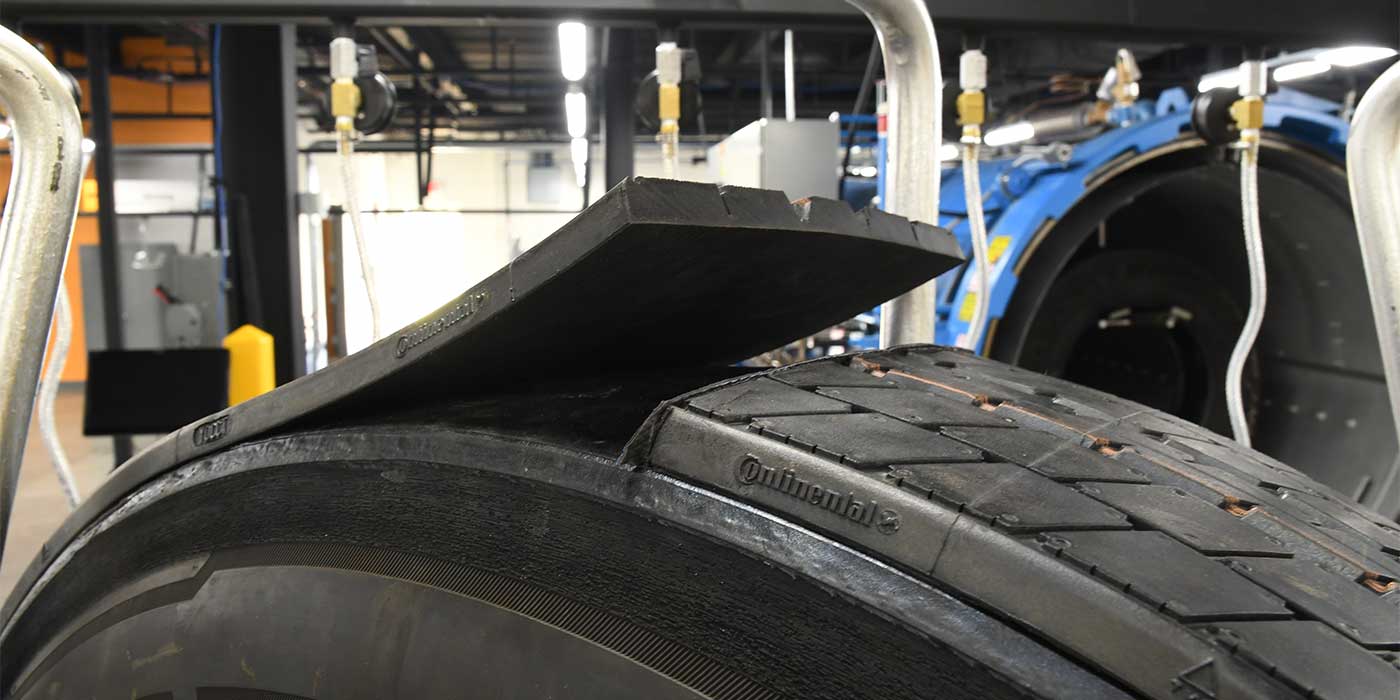Though it may look like junk to the untrained eye, in the right hands, a used tire can actually be a tremendously useful source of information and a way to recoup major savings for a commercial trucking fleet.
Analyzing scrap tires can help discover a number of critical insights that can help maximize miles while minimizing downtime and wasted opportunities to retread a casing
Multiplying inefficiencies across drive, steer and trailer tires, plus wasted fuel across the entire fleet, and suddenly the idea of poking and prodding on your old tires suddenly seems a lot less like a waste of time, and more like uncovering a mystery – a mystery that directly makes an impact on the bottom line.
“Scrap analysis is tire forensics,” says Walter J. Weller, senior vice president of China Manufacturers Alliance (CMA). “It can tell a fleet maintenance manager what are the major causes for their tires being ‘out of service.’ This could lead to changes in maintenance procedures, revisiting removal tire tread depths, and a number of other countermeasures that could result in increased tire life and reduced tire-running costs.”
Evan Perrow, senior product marketing manager for Goodyear, says that doing scrap tire analysis can help spot trends that will help clarify decisions about tire and vehicle maintenance.
“Things to consider during a scrap tire analysis include applications, vocation, brand, type of service, wear (including the existence of unusual wear patterns) and the number of times that a tire has been retreaded, if applicable. Scrap tire analysis also can help indicate if the truck tire was properly maintained, or if a fleet should consider adjusting its maintenance practices. And it can help fleets select tires with the right tread designs for their applications in the future.”
Kevin Rohlwing, the Tire Industry Association’s senior vice president of training, says scrap tire analysis is valuable because it’s impossible to fix problems that you can’t see.
“[Scrap tire] data can be route specific, driver-specific, vehicle specific, geographically specific, application specific, etc.,” Rohlwing says. “Most fleets run different brands of tires so scrap tire analysis can assess the retreadability, or lack of retreadability, for makes and models. It can tell them how many times a casing can be retreaded and the best applications. By using the data from scrap tire analysis, it helps fleets get the most miles out of every casing and prevents a lot of problems before they happen.”
What to Look For
Often, an analysis will provide a valuable but easily implemented fix.
“The most common reason for tires out of service is an under-inflation condition,” says Jamie Untersinger, business development manager for Vehicle Inspection Systems, Inc. “This can vary from poor maintenance programs, improper mounting, and with aluminum wheels, lack of bead area prep. When replacing a tire, it is highly recommended that a new valve stem is always replaced along with wheel inspection and bead mounting be cleaned.”
Perrow also sees irregular wear patterns from under-inflation as a major area of concern.
“Tires are engineered to run at specific pressure levels based on the load they are carrying,” Perrow said. “Drivers should check inflation pressure levels at least once a week, using a calibrated tire gauge. Maintaining a record of tire inflation checks and adjustments can prove beneficial as well.”
Untersinger recommends inspecting the crown area and sidewall to determine the cause of the failure. Not only can it help identify failure points, but it also can help determine whether this is the best tire for the current usage and areas for driver improvement.
“If a fleet mounts their own tires, [they need to follow] the proper TIA mounting practices and following [U.S. Tire Manufacturers Association] and TIA processes on repairing flat tires,” Untersinger says. “While having a good tire program is key, it all begins at the surface where the tire is mounted. Now dealers and fleets alike are increasingly aware of rim and wheel maintenance, therefore wheel polishing and rim wheel reconditioning services are becoming part of the norm in the wheel end maintenance programs.”
Rohlwing says technicians must be trained to spot the obvious conditions like insufficient tread depth, bulges and cuts that expose body cords.
“Technicians don’t typically perform scrap tire analysis, so we stick to the basics of demounting, mounting, inflating, installing and removing the tires and wheels,” Rohlwing says. “Our Commercial Tire Service [CTS] Program teaches them what to look for when inspecting a tire (or a wheel) before it is mounted or installed. Without that training, the chances of returning a tire to service that should be removed are going to be higher. We recommend the 200-level CTS training for all technicians since it focuses on the minimum skills necessary for servicing truck tires and meets the OSHA training requirements.”
Irregular wear, severe braking damage and flat spotting can be important data points to consider in a scrap tire analysis, says CMA’s Weller. “To help in determining potential causes, we recommend using the TMC’s Tire Conditions Analysis Guide which is available in print and in an electronic version.”
Rohlwing also sees irregular tread wear as an important factor in scrap tire analysis and recommends the TMC guide.
“It is very important to find out why the tire is wearing irregularly,” he says. “The best resource is the TMC Radial Conditions Analysis Guide. It outlines the most common types of tire conditions and irregular treadwear patterns and offers solutions to prevent them. As far as causes are concerned, most of them are caused by improper inflation pressure, mechanical issues or improper mounting.”
Weller says it’s important to understand the difference in tread wear between steer, drive and trailer tires.
“As an example, 16/32s on the inside groove and 10/32s on the outside groove indicate the vehicle needs an alignment, and not just a steer axle alignment, but a full vehicle alignment. If the rear axles are not aligned properly and parallel the front axle would appear to be out of alignment, but if you only checked the steer axle, you may get a misleading reading indicating the steer tires are in alignment. And that may be the case because if the drive axles are not aligned and are skewed, they would push the steer tires down the road causing misalignment wear on the steer tires.”
Weller adds that the process of using scrap tire analysis to determine which models and brands are performing best for individual needs, working with your retreader, is a valuable tool.
“Retreaders process many different brands of casings, and they have software systems that keep track of the casing brands that they receive for retreading and what percentage of them have been successfully retreaded in their plants. This will give you a good indication of how one brand compares to another.”
Weller also cautions that it’s important that the sample of the brand is large enough to make a statistically accurate assessment.
“Contrary to popular opinion, virtually all brands of radial truck tires can be retreaded. The issue is the percentage that can be retreaded successfully,” he says. “I would recommend that every fleet manager keep track of the percentage of their casing are being successfully retreaded by brand and compare that with their retreaders percentage for that brand in total.”
Ultimately, the most important aspect of any scrap tire analysis program is to be consistent about checks and keeping the data.
“The important thing to do is to keep track of the data and review it regularly,” Weller says. “The different methods of data manipulation will become obvious once you have enough data to make good decisions and implement sound countermeasures.” TR

